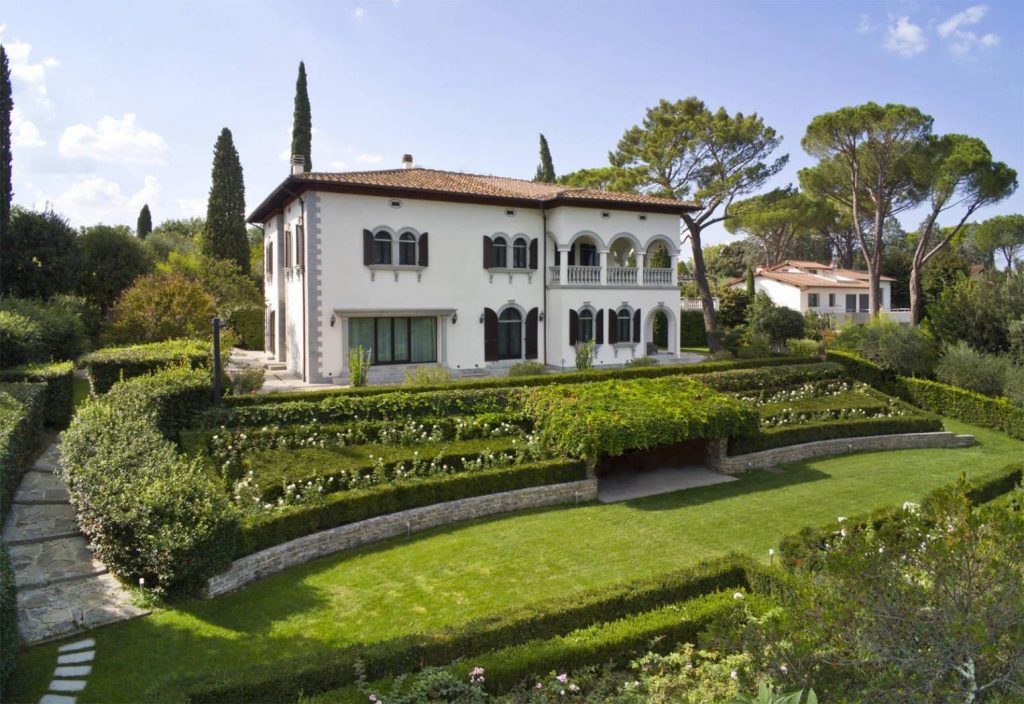Live in Italy Magazine recently received a reader’s comment requesting more information about the cost of property taxes in Italy. This question was in response to Buying a Home in Italy, an interview with Stanislao Maria Caterino, founder of Gold Eagle Real Estate.
We hope that you find this information helpful and in all circumstances, do your research and consult expert advice.

Reader’s Comment
In Italy do homeowners pay property taxes like in the US and If they do, is it expensive?

Gold Eagle Real Estate’s Answer
Possession of real estate in the Italian territory is subject to payment of the IMU or Tasi.
Through these property taxes, real estate is taxed proportionally without reference to the contributory capacity of the owner. Except in particular cases.
Leaving aside the hypotheses of transfer of properties, which concern more particular situations, we now want to focus on the Irpef and Imu taxation on buildings.
The municipal tax (IMU) is payable on all properties owned by way of property or other real right (usufruct, use, housing, lease, surface). Except the main house and related appurtenances.
Vhe are generally subject to the application of the Tasi.
For the purposes of applying the Tasi, the property registered or registered in the urban building register as the only real estate unit in which the owner and his family usually reside and have their registered residence is considered the main residence.
The Multiplicative Coefficients
The taxable base of the tax (be it Imu or Tasi) consists of the value of the property, determined for those registered in the land registry by multiplying the income in force at the beginning of the year, revalued by 5%, by one of the following coefficients:
- 160 for buildings included in cadastral group A (excluding those A / 10) and in categories C / 2, C / 6 and C / 7
- 140 for the buildings registered in cadastral group B and in categories C / 3, C / 4 and C / 5
- 80 for buildings included in cadastral categories A / 10 and D / 5
- 60 for buildings belonging to cadastral group D (excluding category D / 5). The multiplier is raised to 65 as of 1 January 2013
- 55 for buildings included in cadastral category C1

The Tax Base for Buildings of Historical or Artistic Interest
The tax base is reduced by 50%:
For buildings declared uninhabitable or uninhabitable and in fact not used, limited to the period of the year during which these conditions exist.
While, for agricultural land, the tax base is made up of the cadastral income resulting in the land registry as of 1 January, revalued by 25% and then multiplied by the following coefficients:
110 for agricultural land, and non-cultivated land, owned and managed by direct farmers and professional agricultural entrepreneurs registered in the agricultural pension and 135 in all other cases.
The ordinary tax rate of the Imu is 7.6 per thousand. However, the Municipalities, with a specific resolution of the Municipal Council, can modify it up or down by up to 0.3 percentage points. Considering that the maximum applicable rate for each municipality taking into account Imu and Tasi cannot exceed 11.4 per thousand.
The Tasi rate that applies to the main house and related appurtenances is set at 0.4%. Percentage that Municipalities can modify, up or down, up to 0.2 percentage points.
With regard to the deductions, the owners of the main residence and related appurtenances (maximum one for each of the cadastral categories C / 2, C / 6 and C / 7) can deduct the annual amount of € . 200.
This is up to the amount due. Deduction, however, to be related to the period of the year for which the property was used as a main residence.
If used as a main residence by several people, the deduction is up to each of them. In this case, the total amount of €. 200 is to be shared among them. Without taking into account the share of ownership.
For non-rented properties, owned by elderly or disabled people residing in shelters (and previously used as their main residence), the Municipalities can provide for assimilation to the main residence. By applying the reduced rate and recognizing the annual deduction of €. 200.
The same facility can be recognized by municipalities for real estate owned in Italy by way of property or usufruct by Italian citizens not resident in the territory of the State. Always on condition that the same is not rented.
If the members of a family unit have established their habitual residence and registered residence in different properties located in the municipal area, the concessions for the main residence and the appurtenances, in relation to the same family unit, apply for only one property.
For properties that, following separation or divorce, have been assigned to one of the spouses, the same is required to pay the total tax, regardless of whether or not he owns the property (right of residence).
The person obliged to pay the tax can use the reduced rate and the deduction for the main residence.
Check out the full audio recording of the Buying a Home in Italy on our Italy Answered podcast.
Live in Italy Magazine thanks Stanislao Caterino, founder of Gold Eagle Real Estate for graciously answering our reader’s question. For more information, visit www.goldeagle.it and www.immobiliareeaglerealestate.com or write him at info@goldeagle.it.
Follow @gold_eagle_real_estate



